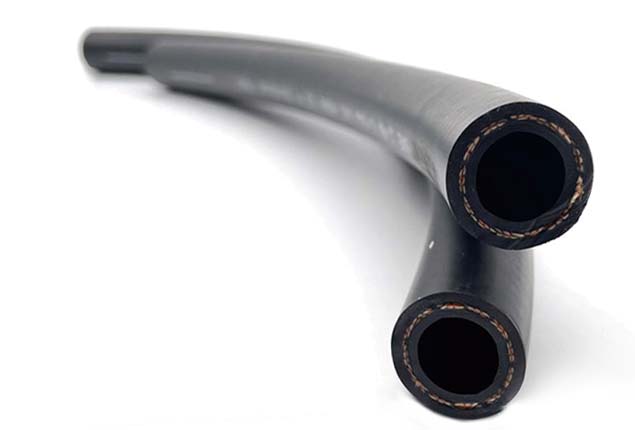Hydraulic Hose for Power Steering System Performance and Durability
Understanding Power Steering Hydraulic Hoses Importance and Maintenance
Power steering systems have become a fundamental component in modern vehicles, making steering easier and more responsive. At the heart of these systems lies the power steering hydraulic hose, a crucial element responsible for transmitting hydraulic fluid from the pump to the steering gear. In this article, we will explore the functions, construction, importance, and maintenance of power steering hydraulic hoses.
The Role of Power Steering Hydraulic Hoses
Power steering hydraulic hoses are designed to carry pressurized fluid from the power steering pump to the steering gear. This fluid creates hydraulic pressure that assists in turning the vehicle's wheels, significantly reducing the physical effort required by the driver. By providing this assistance, power steering systems enhance vehicle maneuverability, especially at low speeds or when parking.
The power steering hydraulic hose typically consists of three main components an inner tube, a reinforcement layer, and an outer cover. The inner tube is made of a flexible rubber material that can withstand high pressure. The reinforcement layer often comprises braided steel or other materials that provide the hose with strength and durability. Finally, the outer cover protects the hose from environmental damage, such as exposure to heat, chemicals, and abrasion.
Importance of Power Steering Hydraulic Hoses
The significance of power steering hydraulic hoses cannot be understated. They ensure that the fluid flows smoothly, maintaining the efficiency of the power steering system. Leaks or failures in these hoses can lead to a loss of hydraulic pressure, resulting in increased steering effort and compromised vehicle safety. Moreover, a malfunctioning power steering system can affect the vehicle's handling and responsiveness, posing risks while driving.
Regular inspection of the hydraulic hoses is essential for ensuring their longevity and performance. Drivers should keep an eye out for signs of wear, such as cracks, bulges, or fraying, which may indicate that a hose is close to failure. Addressing these issues promptly can prevent costly repairs and enhance overall vehicle safety.
Maintenance Tips for Power Steering Hydraulic Hoses
power steering hydraulic hose

Maintaining your power steering hydraulic hoses is relatively straightforward, yet essential for optimal performance. Here are some practical tips
1. Regular Inspections Check your hoses for any signs of wear and tear regularly. Look for leaks, cracks, or signs of abrasions. If you notice any issues, it is vital to replace the hose as soon as possible.
2. Fluid Level Checks Ensure that the power steering fluid level is adequate. Low fluid levels can lead to increased pressure on the hoses, potentially causing damage. Always use the manufacturer-recommended fluid type.
3. Heat Exposure Avoid exposing the hoses to excessive heat, which can degrade the materials. If you perform maintenance work near the engine, be cautious about the hoses' proximity to hot components.
4. Professional Servicing Periodically have your vehicle's power steering system inspected by a qualified mechanic. They can identify potential issues early on and replace hoses that show signs of deterioration.
5. Replacement Timing If your vehicle is older or has a high mileage, consider replacing the power steering hoses as a preventive measure. Over time, rubber components can become brittle and less effective.
Conclusion
In summary, power steering hydraulic hoses play an essential role in the efficient operation of a vehicle's steering system. By ensuring these hoses are in good condition through regular maintenance and inspections, drivers can avoid performance issues and enhance their driving experience. Keeping your vehicle's power steering system in top shape not only improves handling but also contributes to overall safety on the road.
-
Ultimate Spiral Protection for Hoses & CablesNewsJun.26,2025
-
The Ultimate Quick-Connect Solutions for Every NeedNewsJun.26,2025
-
SAE J1401 Brake Hose: Reliable Choice for Safe BrakingNewsJun.26,2025
-
Reliable J2064 A/C Hoses for Real-World Cooling NeedsNewsJun.26,2025
-
Heavy-Duty Sewer Jetting Hoses Built to LastNewsJun.26,2025
-
Fix Power Steering Tube Leaks Fast – Durable & Affordable SolutionNewsJun.26,2025

